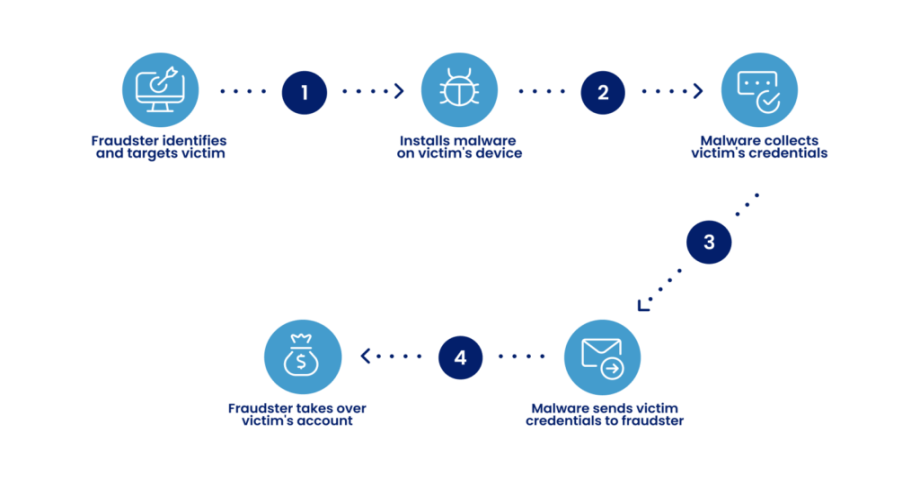




Main TakeawaysAccount takeovers (ATO) are attacks where malicious actors steal login credentials to take control of online accounts.This form of identity theft is on the rise and affects both individuals and businesses.Learn about the signs of account takeovers and how to watch out for attacks in the next of our Stay Safe blog series.Attack Takeover (ATO) attacks can result in your crypto or personal data being stolen. Learn how to stay safe by detecting ATO attacks before they happen.What if you wake up one day to find out someone has drained you of your crypto savings? Having your funds stolen is just one of the realities that victims of Attack Takeover (ATO) attacks face.ATO attacks revolve around cunning cybercriminals who seize ownership of unsuspecting victims' online accounts to steal funds or personal data. The attackers may also use the stolen identity to engage in malicious activity. Unfortunately, there are a number of ways attackers can steal login credentials, including malicious software (malware) and social engineering attacks, where hackers manipulate victims into revealing information.However, attackers often leave traces that can serve as warning signs. Recognizing these red flags can enable you to take timely action and protect your accounts from ATO attacks.Red Flags: How to Spot Account Takeover AttacksRequests for sensitive information or account accessExercise caution if you receive calls, messages, or emails asking for your personal information or login details. Legitimate service providers will never ask you to disclose sensitive information through such channels.Suspicious emails or messagesSuppose you receive messages or emails that look suspicious or were unexpected. In that case, someone might be trying to use phishing techniques to obtain sensitive information, such as your username, password, or second-factor authentication (2FA) code. Be wary of messages with suspicious links or requests for urgent action like password updates. Note that these fake messages are sent through unfamiliar email addresses and often contain spelling or grammatical errors.To avoid such phishing attacks, you may choose to set up an anti-phishing code that only you know. This unique code will be attached to all official Binance emails, so you’ll know it’s from us.Changes in account fundsKeep an eye on your asset balances and transaction history. Be on the lookout for sudden increases in trades or orders, withdrawals you did not initiate, or unfamiliar transactions. If you’re a Binance user, you can report any unusual activity immediately to our Customer Support team.